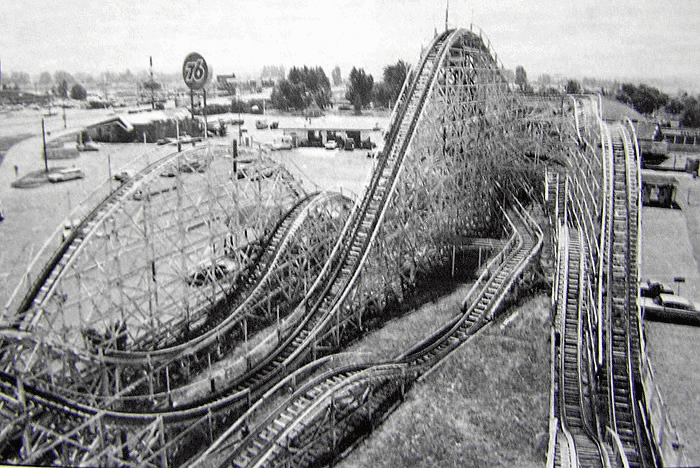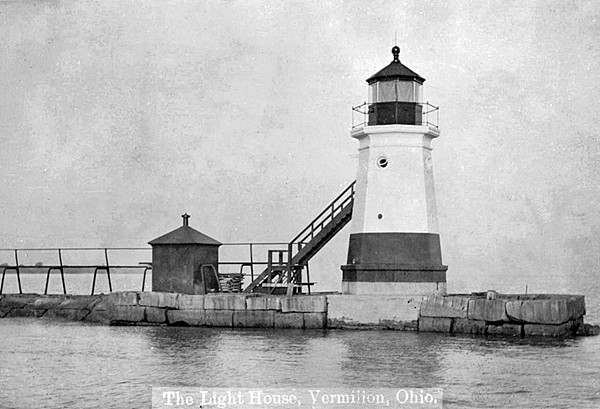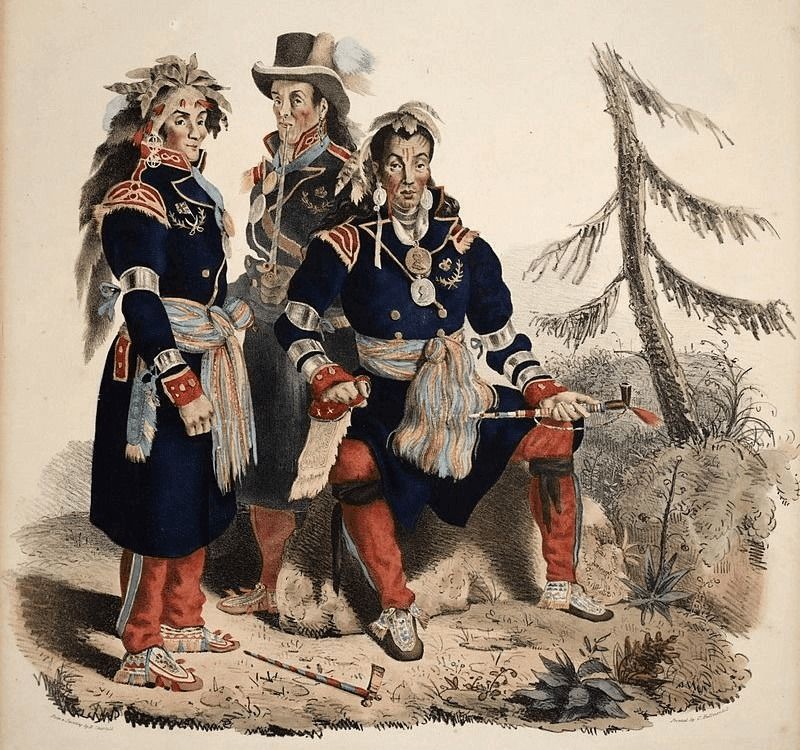
Native Americans
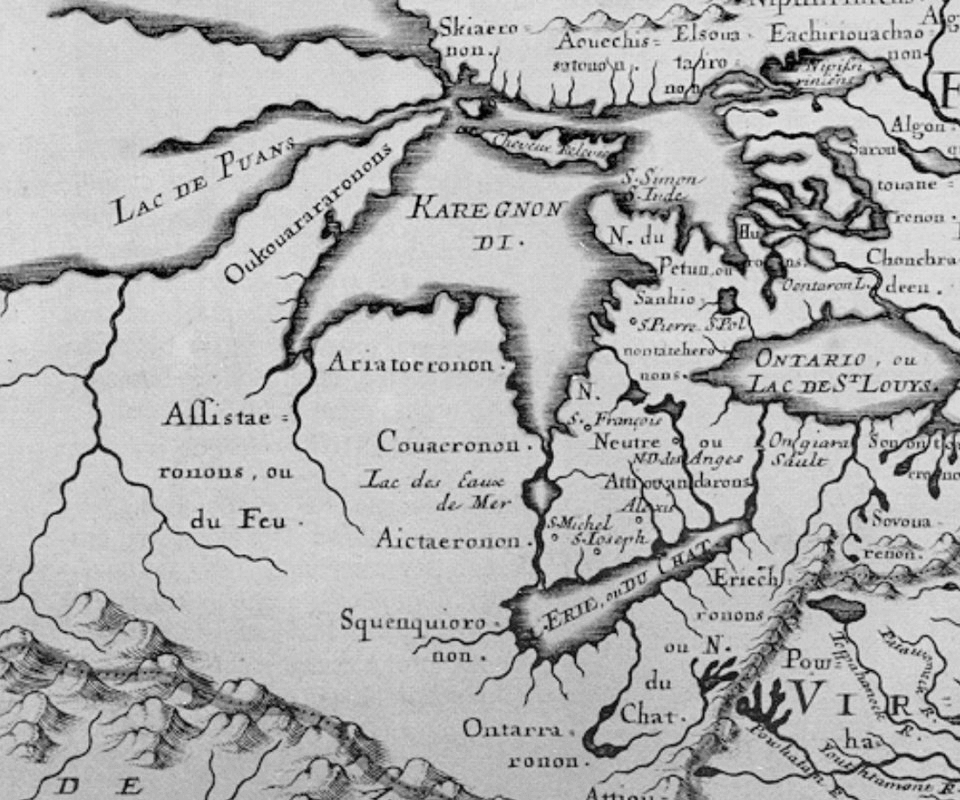
Early Explorers
French names abound from Vermilion westward: La Chapelle Creek, Huron River, Portage River, La Carne, La Carpe Creek, La Toussaint River, etc. Vermilion itself is of French derivation - vermilion, meaning red of course. Yet very little is known about French exploration along the south shore of Lake Erie. Sanson's map of 1656 names and outlines the lake with reasonable accuracy, no doubt from Indian descriptions. It wasn't actually "discovered" until 1669 when Adrien Jolliet traversed the north shore west to east. That year two missionaries met Jolliet who told them of his passage on the lake. They recorded their visit to Lake Erie at Grand River near Long Point, where they spent the winter. On March 23, 1670, they erected a cross and took...
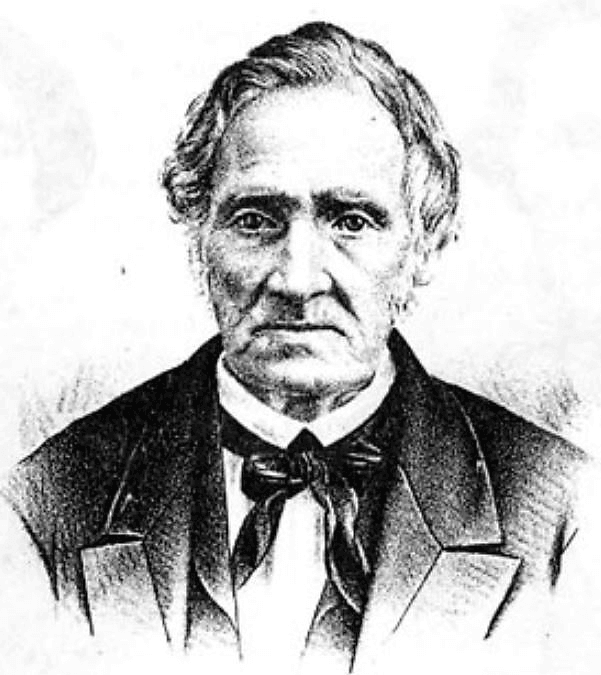
Settlers & Incorporation

Vermilion River & Industries
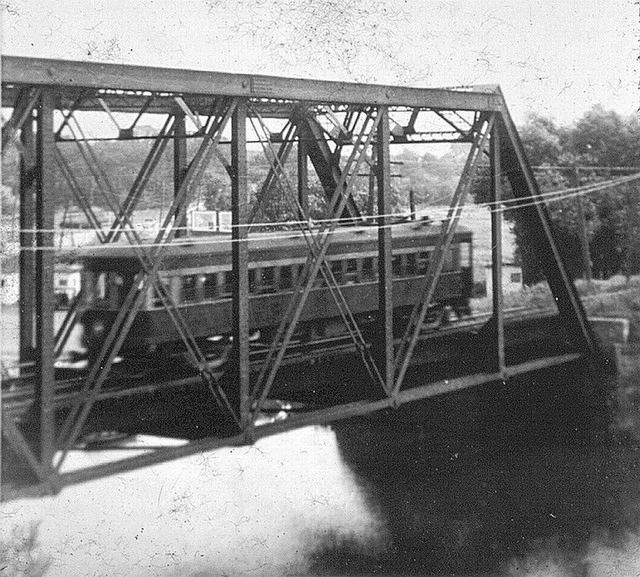
Railways
With the first trains running through Vermilion starting in 1853, we have been hearing whistles ever since. In fact, our town has been a railroad town for a long time now, over 140 years of rumbling, roaring, shaking, screaming tornados rushing through the quiet village. Ships have come and gone but they were never the acoustic monsters like the trains which roll along like wild demons in a race; freight of all kinds flies through the city, and as far as we can foresee, it will continue for 140 more years. Such is life in a railroad town...